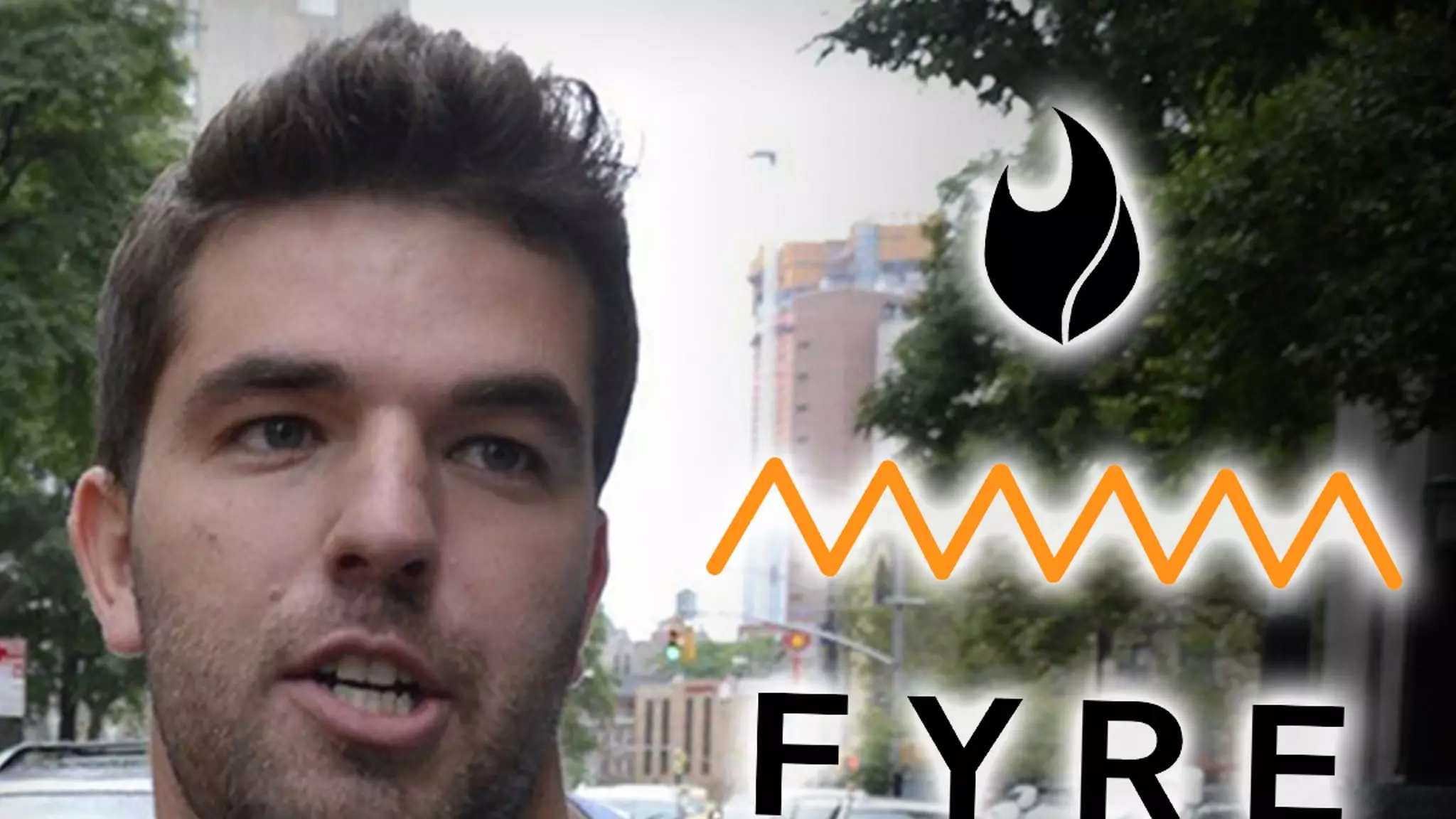The saga of Fyre Festival continues to unfold in an unexpected and controversial manner. Originally envisioned as a luxurious island getaway, the franchise that initially imploded in 2017 due to gross mismanagement has now made headlines once again. This time, the planned sequel was meant to take place in Playa del Carmen, Mexico, promising rejuvenated hope and an ambitious revival. However, the event has been abruptly thwarted, implicating the local Mexican government in a web of confusion and dashed aspirations.
Reports indicate that the festival organizers, under the leadership of Billy McFarland, face insurmountable challenges, chiefly stemming from a claimed betrayal by municipal officials. This is not just a logistical hiccup; it represents a deeper issue of trust, accountability, and communication in a business that relies heavily on the seamless orchestration of numerous moving parts. It begs the question: can ambition coexist with responsible planning? Or does the haze of overzealous dreams cloud the judgment that comes with executing large-scale events?
The Blame Game and Legal Jargon
In the murky waters of festival planning, finger-pointing seems to be the order of the day. Nick, an event producer associated with Fyre Festival, is vocal about his discontent, accusing local authorities of duplicitous behavior. A message shared with TMZ illustrated his frustration, claiming that after receiving initial endorsements from the government, they suddenly backtracked, denying any knowledge of the festival. This perplexing change in stance by officials raises serious concerns about transparency and the expectations businesses should have when collaborating with governmental bodies.
Emails and documentation submitted by McFarland in defense of the festival paint a contrasting portrait — one where he asserts that permits were filed and payments made, leading to a sense of misguided confidence. But these conflicting narratives create an environment rife with skepticism. The pertinent issue is not merely who is right but how both parties reconcile their accounts. Are the disenchanted organizers unable to grasp the legal landscape, or are officials ineptly handling the complexities surrounding event approvals?
A Pattern of Misadventure
What’s particularly fascinating is the historical context of Fyre Festival that looms large over the upcoming sequel — a history characterized by grand promises tragically unfulfilled. The original festival became synonymous with the phrase “disaster tourism,” inviting a wave of public scrutiny, mockery, and, ultimately, legal implications. It’s essential to recognize these recurring themes as foundational problems that plague any revival attempt.
With past failures spectrally hovering, the resurrection of Fyre Festival surfaces even larger questions about redemption and personal accountability. McFarland, released from prison and endeavoring to rehabilitate his image, boldly claims that he’s partnered with “real music professionals” this time around. But can his track record instill confidence in potential attendees, artists, and investors? Or does the shadow of his past continually undermine any prospects for credibility?
Audience Distrust and the Influence of Social Media
Amidst these heightened tensions, the role of social media in shaping public perception cannot be underestimated. The statement by the Playa del Carmen government denying any association with the festival quickly circulated, further damning the fledgling event’s reputation. Texts capturing the frustration of festival producers further amplify the growing mistrust, raising critical conversations about how modern communication can either bolster or destroy credibility.
The digital age brings unprecedented opportunities for dialogue but also invites scrutiny. Social media allows potential attendees to witness live developments and read real-time opinions, making it a double-edged sword. Initial excitement swiftly morphs into skepticism as individuals weigh the potential for a show-stopping experience against the very real chance of yet another embarrassing failure.
The Road Ahead: A Test of Resilience?
While the Fyre Festival flagship may falter, it is also an unusual case study in resilience. The true test is how the organizers adapt to adversity and learn from past mistakes. As they look to potentially relocate the festival, one must ask: will this be a moment of reinvention, or will history repeat itself? As stakeholders await the next development with bated breath, this new chapter is less about an extravagant festival and more about accountability, lessons learned, and the intersection between aspiration and the reality of execution.

Leave a Reply